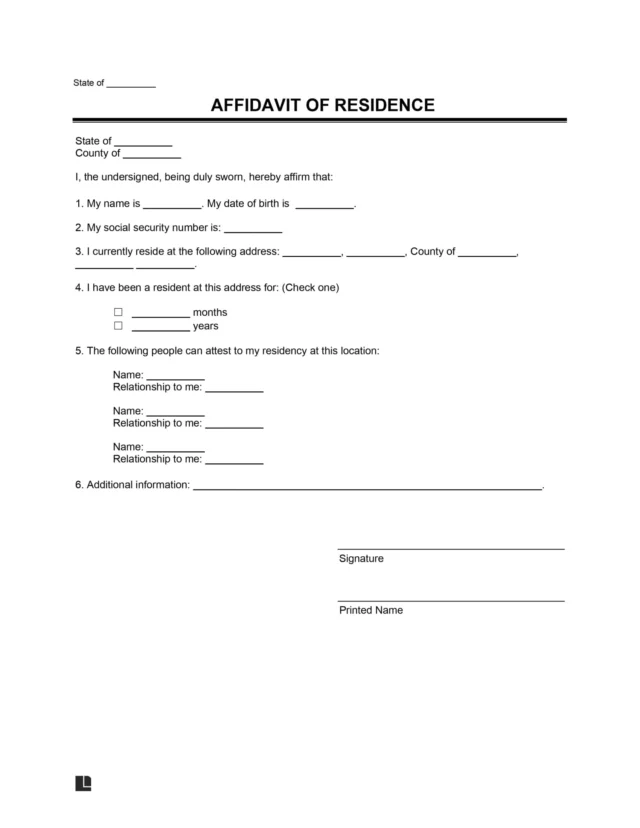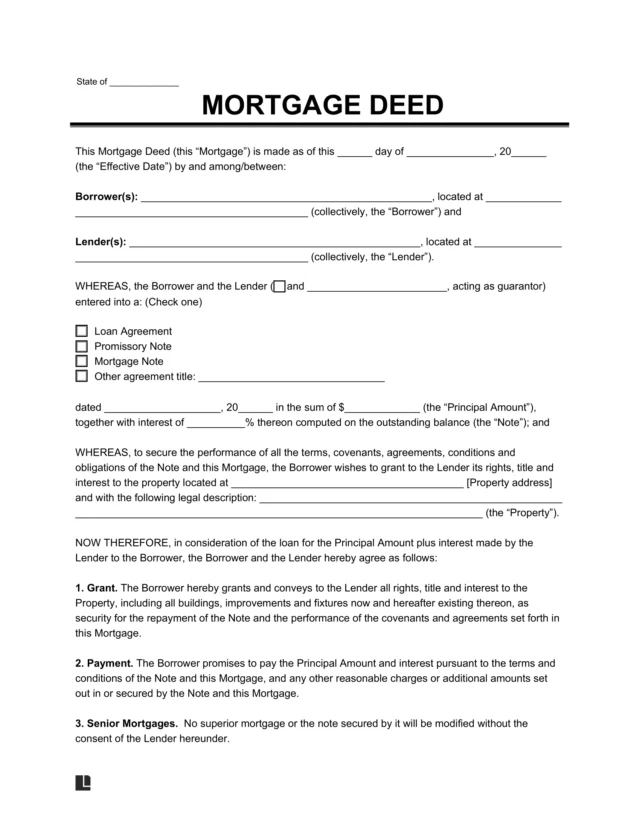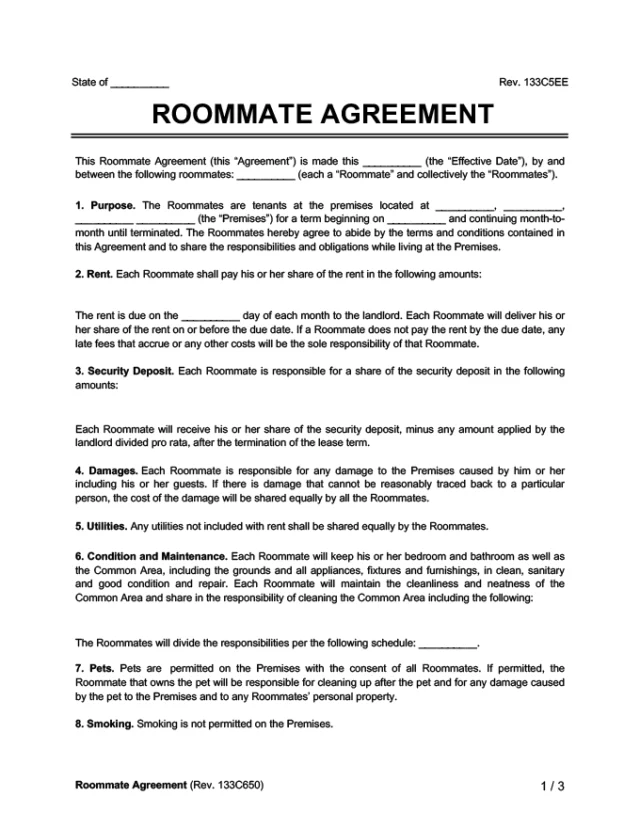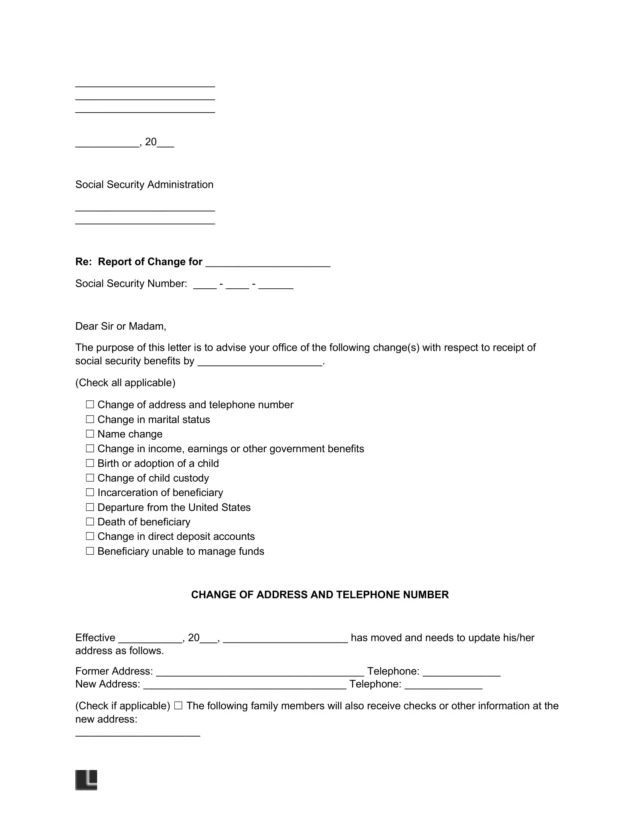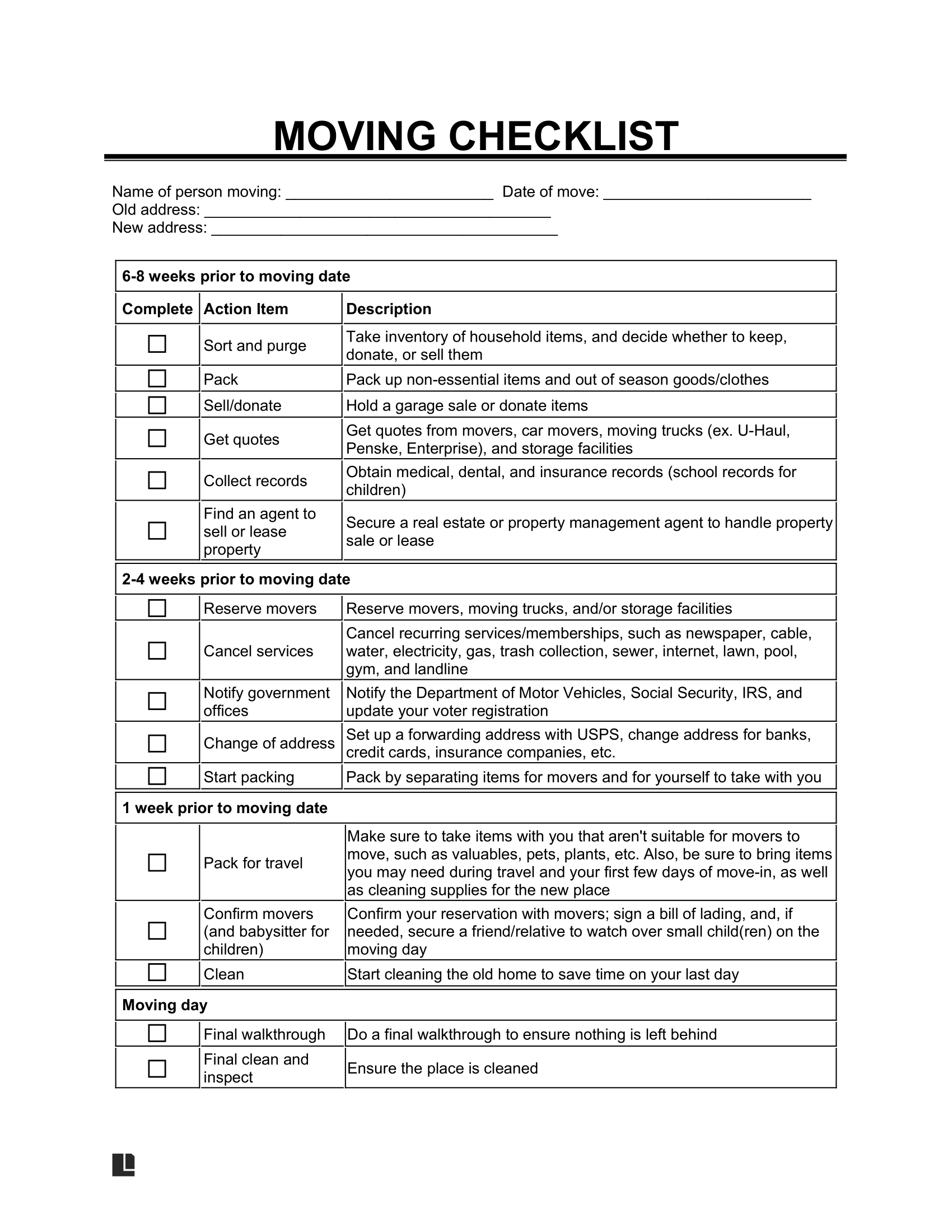What Is a Moving Checklist?
A moving checklist highlights actionable items that a homeowner or tenant needs to perform as they move. It makes the transition from one place to another seamless and organized. This document offers the following benefits:
- Reduces stress: A checklist breaks the move into more manageable steps.
- Saves time: Planning ahead with a moving timeline helps you avoid last-minute packing.
- Helps with budgeting: A moving-out checklist can remind you to get moving quotes and factor in hidden costs.
- Minimizes mistakes: You can prevent oversights such as forgetting to label boxes or schedule movers.
- Simplifies coordination: If multiple people are involved, a checklist makes it easier to delegate tasks.
- Protects your belongings: A moving house checklist can remind you to document the condition of your items before the move. This way, if movers lose or damage anything, you have proof for claims.
Other Forms to Help You Move Out
If you’re moving and need to tell your landlord, you can use a notice to vacate or a lease termination letter.
Your Checklist of Things to Do When Moving
Legal Templates offers a comprehensive moving checklist template so you won’t miss any steps when transitioning to a new home. Start by providing your name, the addresses you’re moving from and to, and your moving date in our guided questionnaire. Then, you’ll get a thorough form with a list of key tasks you must accomplish for a successful move.
We break our moving to-do list into four different stages to help you approach moving methodically:
Stage One: 6-8 Weeks Before Your Moving Date
About two months before a move, homeowners and tenants can take inventory of their possessions and begin planning the details of their relocation.
During this stage, you can organize the move’s logistics and complete action items like:
- Sort and purge: Take inventory of household items and decide which belongings to keep and discard.
- Pack: Pack non-essential items and out-of-season goods and clothes.
- Sell or donate: Get rid of unwanted belongings by holding a garage sale, listing them on online marketplaces, or donating them to charity.
- Get quotes: Get quotes from movers and storage facilities.
- Collect records: Obtain medical, dental, and insurance records for easy access. If you have children, gather their school documents.
- Find an agent to sell or lease property: Secure a real estate or property management agent to handle the property sale or lease.
Stage Two: 2-4 Weeks Before Your Moving Date
When your moving date is between two weeks and one month away, you can continue with the packing process. Also, look into setting up utilities at your new address so you’re guaranteed to have access to them on your move-in day. Other tasks to complete during this stage include:
- Reserve movers: Reserve movers, moving trucks, and storage facilities. Confirm that the movers you choose are reliable with the FMCSA’s mover tool. Use Legal Templates’s moving contract to record the specifics of the services they’ll provide.
- Cancel services: Cancel recurring services and memberships, such as newspaper subscriptions, pool cleaning services, utilities, and gym memberships.
- Notify government offices: As part of your change of address checklist when moving, notify relevant bodies of your relocation. Complete the appropriate paperwork to update your address with the Department of Motor Vehicles, Social Security, IRS, and voter registration office.
- Start packing: Pack by separating items for movers to take and indicating which ones you’ll move yourself.
Stage Three: 1 Week Before Your Moving Date
In the week leading up to your moving date, you can confirm details with movers and perform final packing tasks and other duties, including:
- Pack for travel: Take items that are unsuitable for movers, such as valuables, pets, and plants, yourself. Also, bring items you may need during travel and your first few days after moving in.
- Confirm movers and babysitters: Confirm reservations with movers and ensure you have someone to watch small children during the move.
- Clean: Start cleaning your old home to save time on your last day.
Stage Four: Moving Day
When your moving day arrives, you can maintain active communication with your mover to ensure the process goes smoothly. You can also perform the following tasks with a real estate professional if you’re a homeowner or with a landlord if you’re a tenant:
- Final walkthrough: Do a final walkthrough of the property to ensure you don’t leave anything behind.
- Final clean and inspect: Ensure your old home is clean and in suitable condition. Use a rental inspection checklist to document the property’s condition. If everything is in good shape, you can seek the return of your security deposit.
Sample Moving Checklist
View our printable moving checklist template to get an idea of what steps you’ll take to complete your move. When you’re ready to move, use our guided questionnaire to fill out your own and download the form in PDF or Word format.



